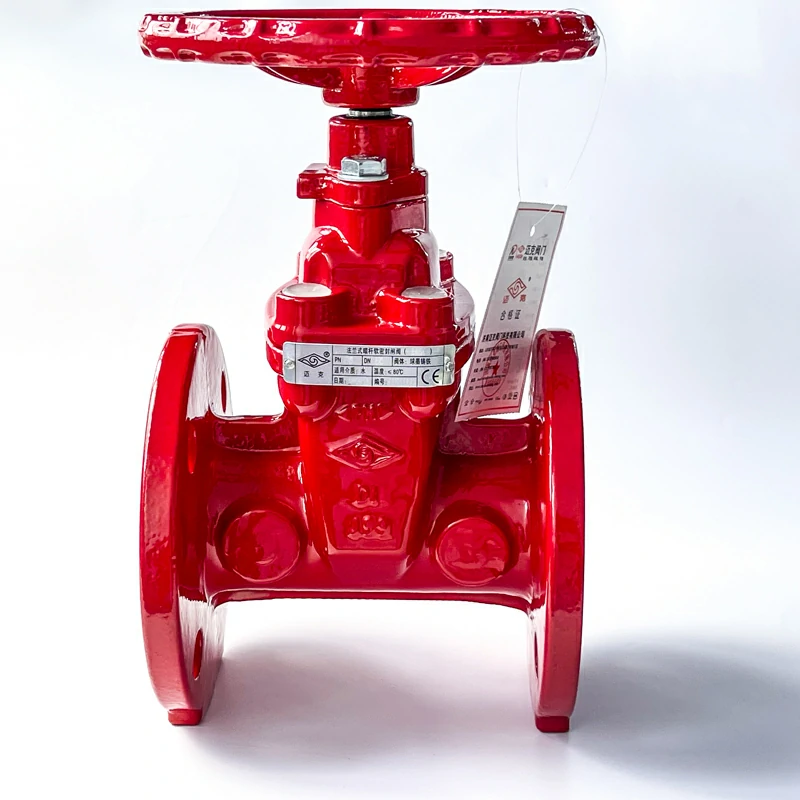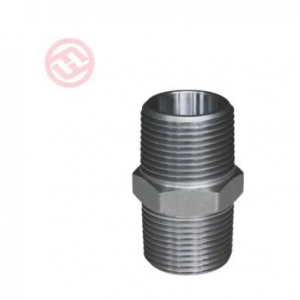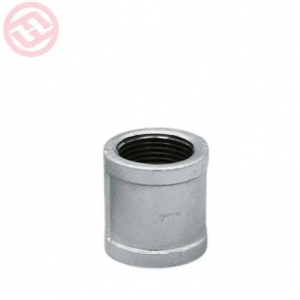Implementing grooved fittings in transportation infrastructure or pipeline systems has addressed several engineering challenges, including:
-
Installation Speed: Grooved fittings allow for quicker installation compared to traditional welding or threading methods. In transportation infrastructure projects with tight timelines, the speed of installation offered by grooved fittings helps meet deadlines and minimize disruptions.
-
Accessibility in Remote Areas: Grooved fittings facilitate easier installation in remote or challenging terrains where access to specialized welding equipment or skilled welders might be limited. This makes them advantageous in pipeline systems spanning remote regions, simplifying installation logistics.
-
Complex Pipeline Layouts: Grooved fittings' flexibility enables complex pipeline configurations, accommodating bends, offsets, or changes in direction without compromising structural integrity. This adaptability assists in navigating challenging terrains or existing infrastructure in transportation projects.
-
Corrosion Resistance: Corrosion-resistant grooved fittings are used to combat corrosion in pipeline systems, particularly in transportation infrastructure exposed to harsh environmental conditions or corrosive substances. Their durable materials enhance system longevity and reduce maintenance needs.
-
Seismic Resilience: In seismic zones, grooved fittings' flexibility and ability to absorb slight movements help mitigate stress during seismic events. This resilience reduces the risk of pipeline damage or failure in transportation infrastructure situated in earthquake-prone areas.
-
Repair and Maintenance Ease: Grooved fittings' modularity allows for easier disassembly and reassembly during maintenance or repair operations. This simplifies access to specific sections of the pipeline for inspection or repairs without disrupting the entire system.
-
Adaptation to Temperature Fluctuations: Grooved fittings accommodate thermal expansion and contraction in pipelines due to temperature changes. This capability prevents stress on the system, ensuring its integrity in varying temperature conditions, which is critical in transportation infrastructure exposed to weather fluctuations.
-
Compatibility with Various Materials: Grooved fittings are compatible with different pipe materials, including steel, stainless steel, copper, or PVC. This compatibility allows for the use of diverse materials based on project requirements without sacrificing connection integrity.
-
Reduction of Welding Hazards: In transportation infrastructure projects, the use of grooved fittings eliminates the need for open-flame welding, grooved pipe connections reducing potential hazards associated with welding operations, enhancing worker safety, and reducing safety risks in sensitive environments.
-
Minimization of Disruptions: Grooved fittings' ease of installation and adaptability minimizes disruptions to existing infrastructure or operations during pipeline installation or upgrades in transportation systems, allowing for smoother project execution.
By addressing these challenges, the implementation of grooved fittings in transportation infrastructure or pipeline systems has significantly improved installation efficiency, corrosion resistance, seismic resilience, adaptability to complex layouts, and overall safety and maintenance ease in various engineering projects.
How were grooved fittings utilized in a piping system to address challenges related to corrosion or erosion in a specific engineering project?
Grooved fittings have been employed effectively in piping systems to address challenges associated with corrosion or erosion in specific engineering projects:
-
Corrosion-Resistant Materials: Grooved fittings are available in materials specifically designed to resist corrosion, such as stainless steel or specialized coatings. In projects where corrosion is a concern, these fittings provide a durable solution, mitigating the risk of degradation over time due to corrosive elements in the fluid being transported.
-
Severe Environment Protection: In industries dealing with corrosive substances or harsh environmental conditions, grooved fittings made from corrosion-resistant materials are used to safeguard against chemical corrosion. They prevent the degradation of fittings, ensuring the integrity of the entire piping system.
-
Erosion Control: In high-velocity flow systems where erosion can occur due to the abrasive nature of the transported fluids, grooved fittings with specialized materials or designs are utilized. These fittings help control erosion by minimizing wear and tear caused by abrasive particles in the fluid stream.
-
Reduced Vulnerability to Galvanic Corrosion: Grooved fittings made from compatible materials with the pipes (minimizing the risk of galvanic corrosion) are employed in projects involving dissimilar metals. This compatibility reduces the risk of corrosion at the joint interfaces, enhancing the longevity of the system.
-
Protection in Marine or Saltwater Environments: Grooved fittings with corrosion-resistant materials are used in marine or saltwater environments to withstand the corrosive effects of saltwater, preventing premature degradation of the fittings and maintaining system integrity.
-
Chemical Industry Applications: In chemical processing plants where exposure to corrosive chemicals is prevalent, grooved fittings with appropriate materials or coatings are utilized. These fittings offer resistance to chemical corrosion, ensuring the reliability and safety of the piping system.
-
Long-Term Durability: Corrosion-resistant grooved fittings are chosen for their long-term durability, providing an extended service life for the piping system and reducing maintenance needs and associated costs.
-
Compliance with Industry Standards: Certain industries require compliance with specific corrosion protection standards. Grooved fittings made from materials meeting these standards are used to ensure regulatory compliance and system reliability.
By selecting grooved fittings resistant to corrosion or erosion, engineering projects can mitigate the risks associated with these challenges, ensuring the longevity, reliability, and safety of the piping system, particularly in environments prone to corrosion or erosion. These fittings offer a preventive measure, safeguarding against premature deterioration and reducing the need for frequent maintenance or replacements due to corrosion-related issues.






